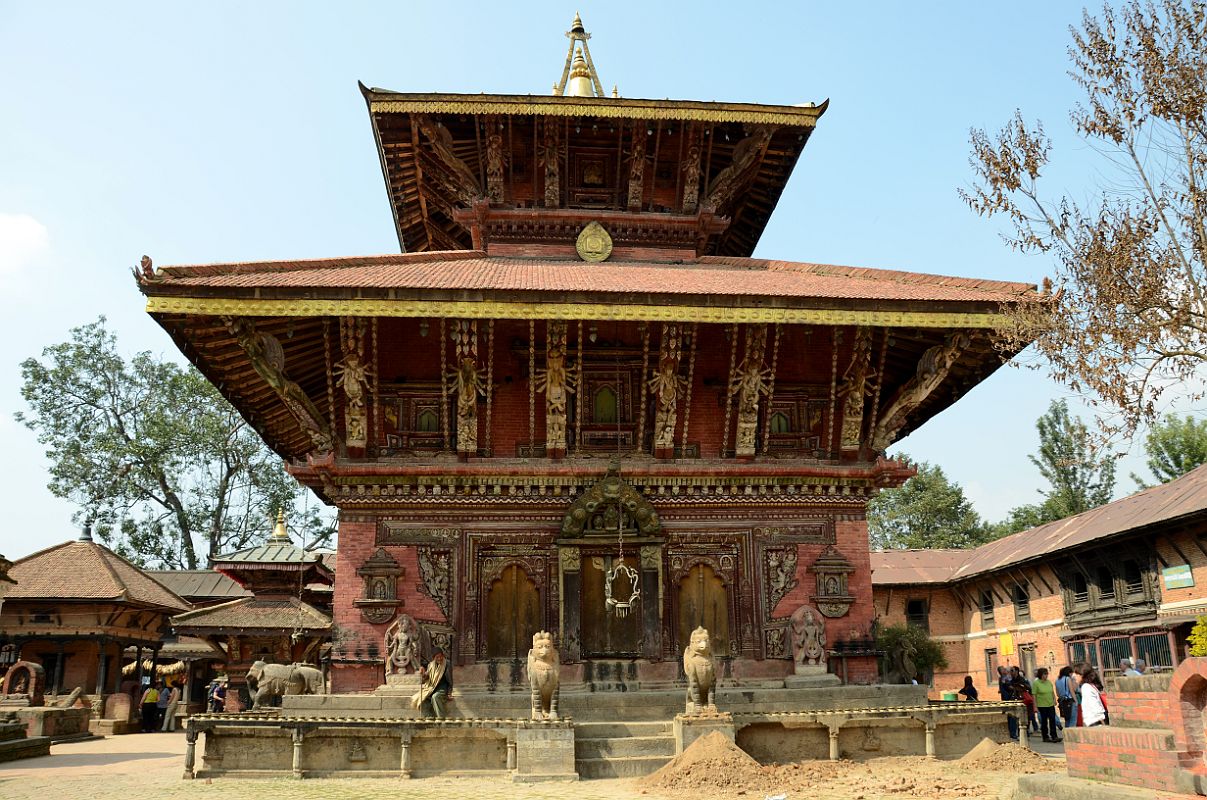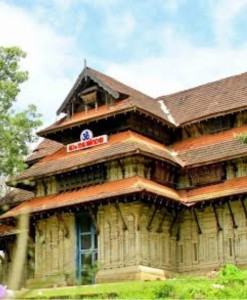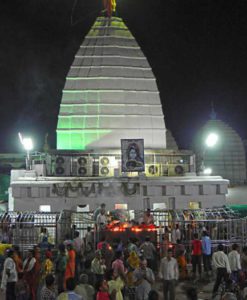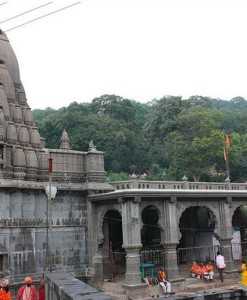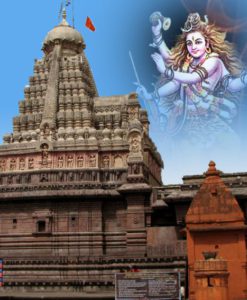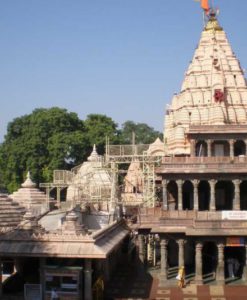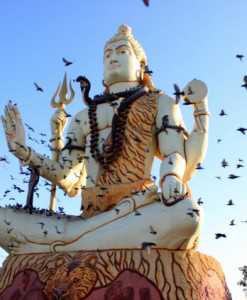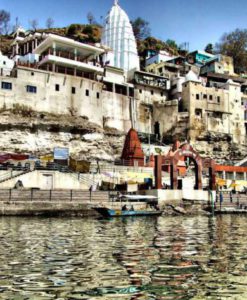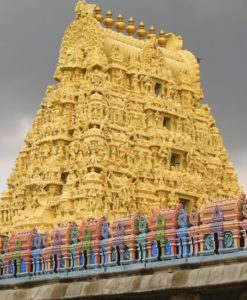No products in the cart.
The ancient Hindu temple of Changu Narayan is located on a high hilltop that is also known as Changu or Dolagiri. The temple was surrounded by forest with champak tree and a small village, known as Changu Village. The temple is located in Changunarayan VDC of Bhaktapur District, Nepal. This hill is about 8 miles east of Kathmandu and a few miles north of Bhaktapur.
Changu Narayan Temple
The pagoda style temple has several masterpieces of 5th and 12th century Nepalese art. According to legends Changu Narayan temple existed as early as 325 A.D. in the time of King Licchavi King Hari Datta Verma and it is one of Nepal’s richest structures historically as well as artistically. In the grounds there is a stone pillar inscription of great importance recording the military exploits of King Man Deva who reigned from 496 A.D. to 524 A.D. The first epigraphic evidence of Nepalese history found in the temple premises during the reign of the Licchavi King Mandeva dating back to 464 A.D. shows that Changu had already been established as a sacred site in the 3rd century A.D. It is the earliest inscription known in Nepal. The temple was restored during the lifetime of Ganga Rani, consort of Siva Simha Malla who reigned from 1585 to 1614. There are records of the temple burning in the year of 822 Nepal Samvat (1702 A.D.), after which reconstruction was carried out. More inscriptions in gilt-copper plates were added by Bhaskara Malla in 1708 A.D.
Changu Narayan is considered to be the oldest temple of Nepal. It remains a milestone in Nepali temple architecture with rich embossed works. The two-storey roofed temple stands on a high plinth of stone. According to Professor Madhan Rimal, Department of Sociology and Anthropology, Tribhuwan University, the temple is neither in Shikhara Style nor the Pagoda style. It has an architectural style which he would like to describe as a traditional Nepali temple. Many similar features are found at Gokarna Mahadev. The temple is surrounded by sculptures and arts related to Lord Vishnu. Also we can find the temples of lord Shiva, Ashta Matrika, Chhinnamasta, Kileshwor and Krishna inside the courtyard of main temple.
There are four entrances to the temple and these gates are guarded by life size pairs of animals such as lions, sarabhas, graffins and elephants on each side of the entrances. The ten incarnations of Lord Vishnu and the other idols are carved in the struts, which support the roof. The entrance door is gilded with carvings of Nagas (snakes). On the main entrance gate (i.e. western entrance gate), we can find the Chakra, Sankha, Kamal and Khadga all at the top of a stone pillar. These stone pillars has inscription in Sanskrit. This inscription is considered to be the oldest inscription of Nepal and the stone inscription pillar was erected by Lichhavi King Manadeva in 464 AD. The following monument are located while visiting the temple from the right side after entering from the main entrance (Eastern gate) to courtyard.
• Historical pillar erected by Mandeva in 464 AD
• Garuda:- flying vehicle of Lord Vishnu which has got a human face and is a devotee of Vishnu.
• Statue of Bhupalendra Malla, King of Kantipur and his queen BhuwanLakshmi.
• Chanda Narayan (Garuda Narayan):- 7th century stone sculpture of Vishnu riding on Garuda. This sculpture has been depicted in the 10 rupee paper note issued by Nepal Rastra Bank
• Sridhar Vishnu:- 9th century stone sculpture of Vishnu, Laxmi and Garuda which stands on the pedestals of various motifs.
• Vaikuntha Vishnu :- 16th century sculpture of Vishnu seated on the lalitason position on the six armed Garuda and Laxmi seated on the lap of Vishnu
• Chhinnamasta:- Temple dedicated to Chhinnamasta devi, who beheaded herself, offered her own blood to feed the hungry Dakini and Varnini.
• Vishworup:- 7th century stone sculpture- beautifully carved that depicts the scene from the Bhagwat Gita, in which Lord Krishna manifests his universal form to his devotee Arjun.
• Vishnu Vikrant :- 7th century sculpture of Trivikram Vishnu that depicts the scene of popular Hindu myth of Lord Vishnu and his beloved Bali Raja.
• Narasimha :- 7th century sculpture of Narasimha, an incarnation of Lord Vishnu, killing the demon King Hiranyakasyapa to save his beloved devotee Prahalad.
• Kileshwor:- small two storied temples of Lord Shiva, who is believed to have appeared in this place for the protection of the hill.
Monday-Friday: 9:00 am to 12:00 pm & 4:00 pm to 9:00 pm
Saturday, Sunday & Holidays: 9:00 am to 9:00 pm
Since the ancient period, many festivals and fairs have been organized on various occasions. One of the main festivals of Changu is called Changu Narayan Jatra. The festival ‘Mahashanan’ held here as an important festival. On the day of ‘Jugadi Nawami’ and ‘Haribodhini Ekadashi’ special puja is conducted in Changu. Daily puja and aarati is not conducted in temple and on the occasion of family rituals, such as birthday, marriage, etc. local conduct not special puja in the temple.
Changu Narayan Temple is on the list of world heritage sites. The valuable stone sculpture and ancient inscriptions have archeological, historical and cultural significance. Changu Narayan VDC is formed a committee called Changu Narayan Temple management Committee which is the responsible body to work for protection, preservation and management. Likewise the Department of Archeology and Palace Management Office, Bhaktapur has also provided assistance on the conservation and preservation of the temple. Many local youth clubs are involved in managing festivals, organizing awareness programs in and around temple area.

